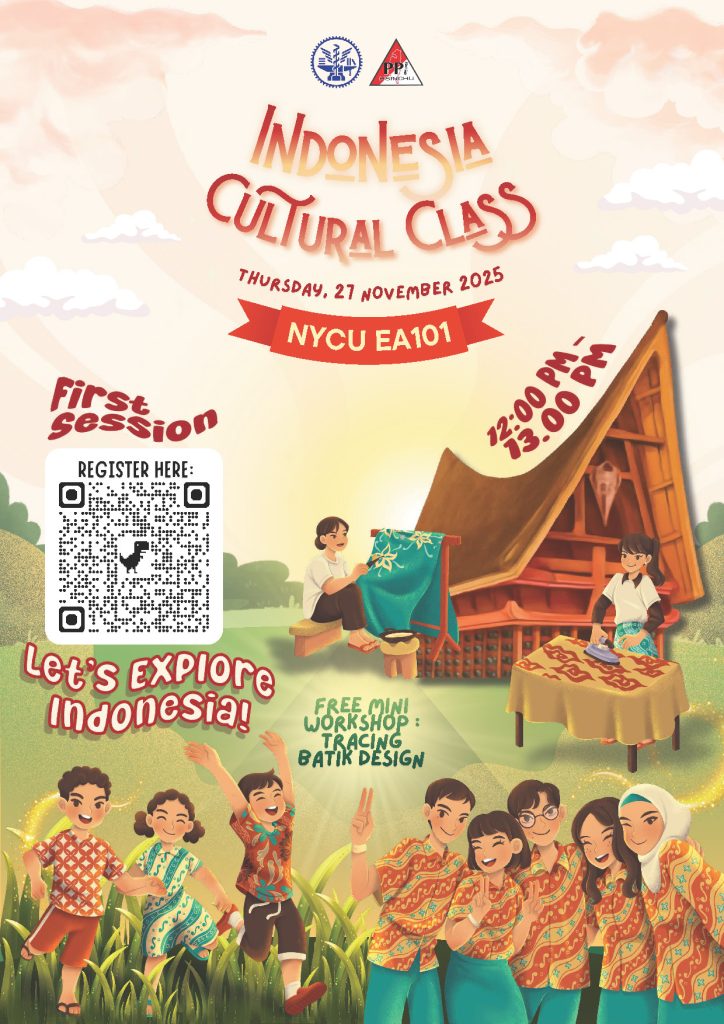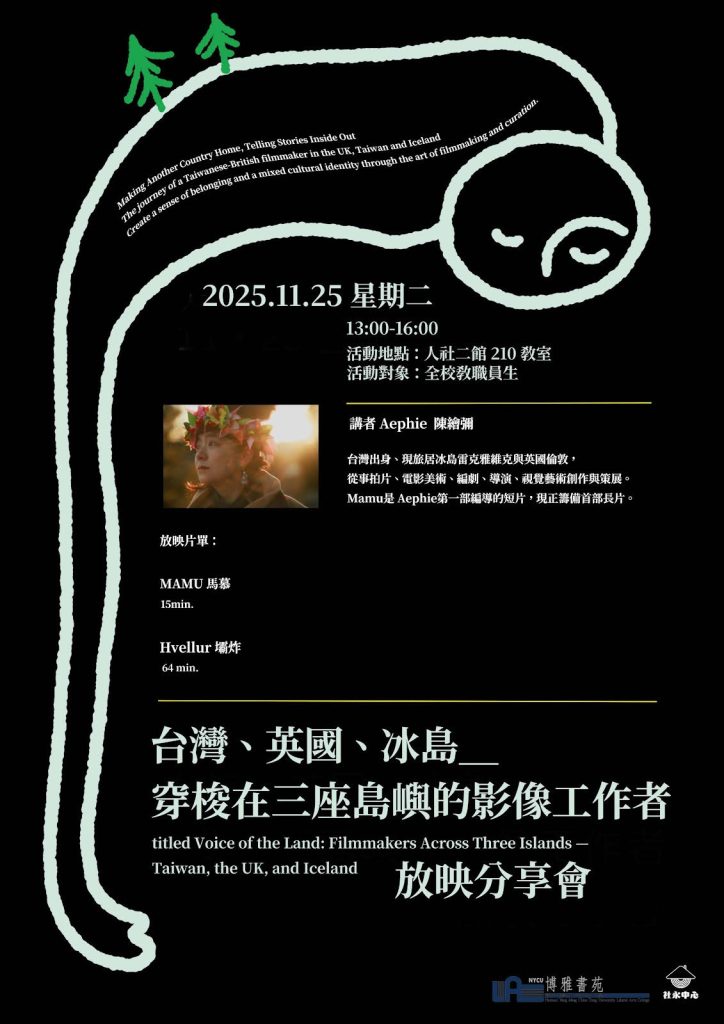Due to the impact of extreme weather, Taiwan has faced a water shortage crisis in recent years. Many scientists have begun to consider the feasibility of seawater desalination to solve this crisis. A paper published in the international academic journal, “Small”, by National Yang Ming Chiao Tung University, uses amyloid proteins that cause Alzheimer’s disease to transport water molecules with 100% desalination effect.
Amyloid protein is an insoluble fibrous protein. When the protein abnormally accumulates in the organs, it will cause serious disease, the most famous of which is Alzheimer’s disease. The medical community is eager to find a way to clear the accumulation of amyloid protein in the brain to treat Alzheimer’s disease. However, some scientists have adopted a different strategy and developed a seawater desalination method using the properties of amyloid protein to block ions.
This method uses a nanotube composed of three amyloid proteins, utilizing the potential difference on the protein membrane surface to transfer the water molecules in one direction while preventing salt ions from passing through. This method can desalinate seawater without the demand of external energy input.
The current mainstream seawater desalination technology is reverse osmosis, which use a motor to pressurize seawater to pass through the reverse osmosis membrane to extract salt from seawater. Although the technology is feasible, it requires a large amount of electricity and equipment, making it expensive to produce and sell. The use of amyloid protein demonstrates a new approach for effective and energy-saving seawater desalination using biomimetic nanomaterials.
The research team estimated that this new method can produce 2.5 tons of fresh water per 10×10 square centimeters membrane every day, which is 200 times more than the current reverse osmosis technique.
This research is led by Professor Sheh-Yi Sheu, from NYCU Department of Life Science and Institute of Genome Sciences.








